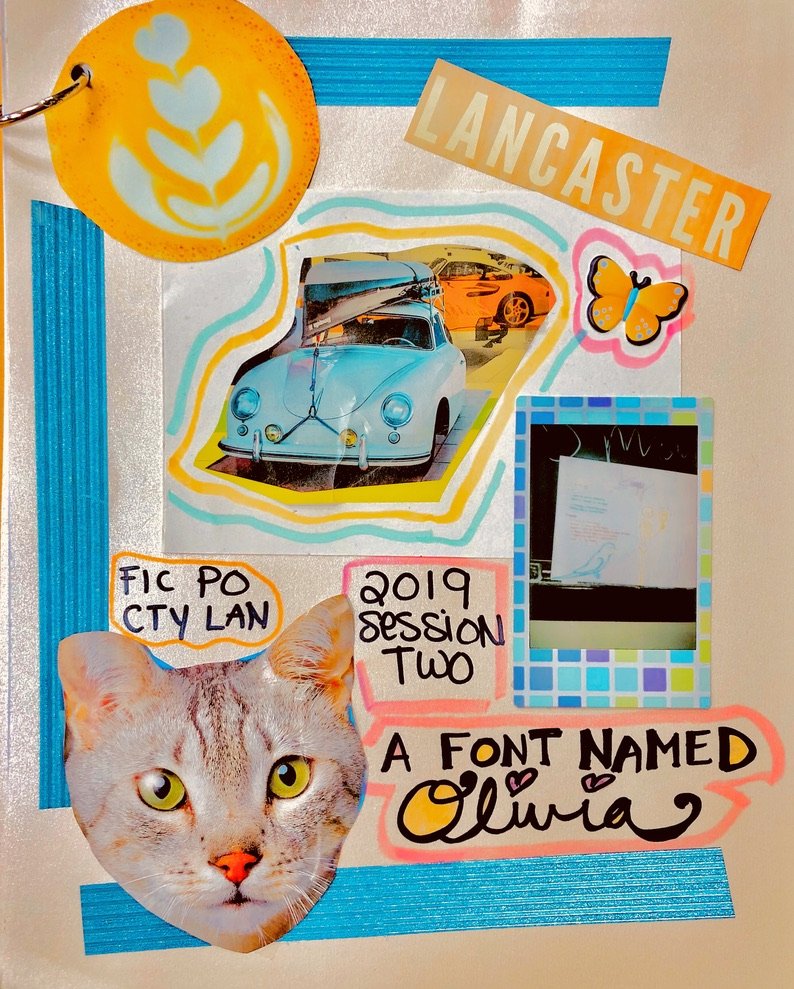Currently Teaching
College Composition
Santa Monica College
Glendale Community College
2025
A state of emergency is also always a state of emergence.
-Claudia Rankine, CITIZEN: An American Lyric
A TEACHING PHILOSOPHY:
“A state of emergency is also always a state of emergence.” - Claudia Rankine, Citizen: An American Lyric
I have opened many teaching statements and cover letters with these lines from Claudia Rankine. They have always fit the bill for where I aim to stand in the classroom, for what I implore of my students– to bring forward their own capacities and imaginations urgently, rather than to rely only on my instructions literally, and I have taught Rankine’s work often. My vision as an educator has always relied heavily on creating an “emergency” in the classroom. I use silliness, wildness, controversy and surprise as tools daily to arrive there!
During a recent conversation with a friend and masterful music teacher, I was advised to start the year standing at the front of the room, but to end the year sitting in the back. I think this advice shines light on why I’ve clung so dearly onto Rankine’s defining statement, despite yearly finding a hundred more beautiful lines by which to define why I teach: education is in a state of emergency and emergence today especially, and the emergent need today (especially with AI basking in the glory of its faults) is for students’ voices to be heard, included, validated and encouraged as they grapple with the state of the world around them. By the end of a term together, I encourage my students to be teaching me and their peers about new ideas, about new ways of thinking.
Alongside my students, I have come to love memes. I often ask them to create memes to serve as foundational supports for scholarly assignments. A recent meme I came across included a line from one of Emily Dickinson’s letters– “I am out with lanterns, looking for myself.” I think this is a great partner to Rankine’s line, as it reflects my vision to allow students the freedom of choice in their scholarship and in their compositions– the freedom to explore ideas without boundaries, to include themselves in conversations, to teach me as I guide them, and to teach each other. I want my students to be out with lanterns, looking for themselves!
Recently I attended the graduation ceremony at Idyllwild Arts Academy, where I taught not long ago. I watched my former students walk the stage proudly and I reflected closely on how several of them began their tenures in my classroom disengaged from scholarship but, with my nudging, found freedom rather than burden in reading, thinking and writing. Immersed in coursework I designed that is inspired not just by my love of literature, writing and rhetoric, but by my work serving the underserved at the helms of several nonprofit organizations, I have witnessed students locate unexpected beauty in the dusty corners of aging textbooks, newsrooms, bylaws and public rhetoric. I have witnessed students locate value in the voices of the marginalized and vulnerable “others” they may otherwise have ignored.
So going into the wildness of what I rely on for student engagement, I’ll end with this anecdote. The other afternoon I was tutoring a little wayward group of high school students in an LAUSD-sponsored after school program where I currently work, but let's be real, in those final few weeks of spring term, keeping teenagers engaged in scholarship isn't easy. I started reciting lines of poetry I had memorized from poems that I have loved, in an effort to start conversations about the metaphors therein. A little lukewarm engagement arose but I wanted more of it so I pulled out all the stops.
With urgency I declared to my students that one time a few years prior, moments before I was about to teach (to middle schoolers) what I thought was just a pretty poem James Tate wrote about sunsets and nature, it dawned on me that the poem was quite obviously about sex and orgasms, but having already handed out copies of Tate’s “Never Again the Same” to my students, I had no choice but to just hope nobody noticed (magically they didn't or they were just too embarrassed to say so). Suddenly all these high school kids were like, “Hold up, we're listening! Read us this sexy poem." Here I created the emergency ahead of the emergence. Here I used Dickinson’s lantern to locate the fire. I suddenly had everybody's attention. They listened closely as I read Tate’s beautiful poem to them and they dissected every single line, poured over every metaphor. One student even located a metaphor I had not noticed before. After this, I got the students to listen to and analyze three more less sexy poems. They walked away saying, “OK, so poetry is kind of rad.” This was a win.






